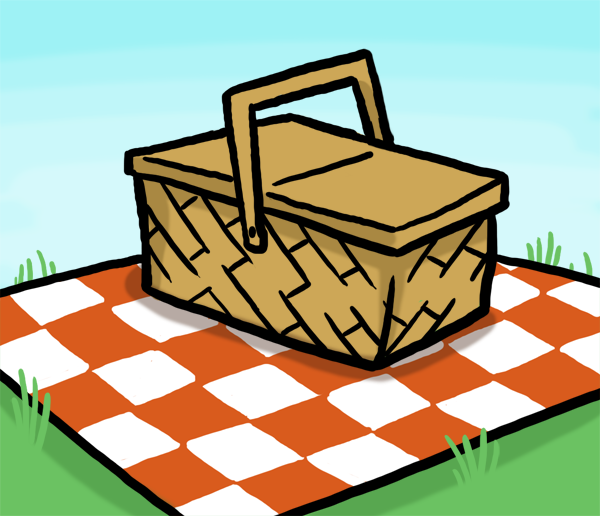I wanted to think of a way today to explore with some teachers how we can explore verbs in the present tense with UKS2 language learners ,who are "advanced" UKS2 primary language learners.
I wanted to explore discussion,team work and creating a paradigm of a verb as well as understanding the mechanics and meta- language of verb conjugation.....
This is what I created.
My ideas are based around this small book in French , which I have used so many times with children to explore actions , animals and infinitives of verbs associated with each animal.(With younger children we have explored nouns,as names of types of animals that may do the action e.g . "la grenouille" and "sauter" .This can lead to great lift the flap books or pelmanism cards games made by the children).
I wanted to explore discussion,team work and creating a paradigm of a verb as well as understanding the mechanics and meta- language of verb conjugation.....
This is what I created.
My ideas are based around this small book in French , which I have used so many times with children to explore actions , animals and infinitives of verbs associated with each animal.(With younger children we have explored nouns,as names of types of animals that may do the action e.g . "la grenouille" and "sauter" .This can lead to great lift the flap books or pelmanism cards games made by the children).
Firstly I decided which verbs I was going to focus upon.With a group of 20 teachers I needed two "er" verbs,so I selected voler and nager
Then I thought of two types of animals that I could link with the key actions in the verbs
(I was training 20 teachers - so I needed two verbs and 10 picture cards per verb.For the activity there are two teams of teachers).
I sourced animal pictures of birds and fish
I needed 10 bird pictures and 10 fish pictures?
Why?Well all will be revealed.....
Step One
- Print out on card the bird pictures and the fish pictures
- Write one part of the paradigm in the present tense of the verb "voler" on the reverse of each bird picture
- Write one part of the paradigm in the present tense of the verb "nager" on the reverse of each fish picture
- You could decide on an another action and another animal so that you have 30 cards (make sure you have enough -one for every child in a class of 30 etc)
- For each verb card set of ten cards you will have enough cards for each of the first,second,third person singular/plural in French.You will have enough cards left over to write the infinitive on one card and the plural command form on another card.(The number of verb cards in a set may vary depending on the language)
Step Two
- Keep the plural command cards to one side.
- Ask two children (one per verb so if you have three verbs,you will ask three children) to observe with you and to not join in the first part of the activity.
- Muddle up the rest of the bird and fish cards and hand out randomly -one to each child
- Ask the children to find their animal families by walking around and saying the noun of their animal card e.g "l'oiseau" or "le poisson"
- Can the children gather together with their animal family in one area of the classroom
- Now ask the children to turn over the picture cards and show all the other members of their animal family, the phrase that is written on the back of each card.
- Can the children recognise what type or phrases are written on the back of the cards?
- Do they realise that they all have parts of the same verb paradigm?
- Designate an "observer" to each team- can they help to organise the group in to a paradigm of the verb - infinitive, first,second, third person singular and first,second ,third person plural ?
Step Three
- Can they form the paradigm of the verb in to the shape of the animal or the action?
- Ask the group to discuss what magic word they require to make the static shape verb paradigm come to life.Wait and listen , take feedback.Which children realise that we need a command and it must be a plural command to make every part of the verb move?
- Ask the group to decide what the plural command would be for their verb.
- Ask the group to send the "observer" to the teacher to say the target language word for the plural command
- Give the "observer" the correct plural word command form card!
- Now can the team think about how the verb paradigm could "come to life" and add an action for each part of the verb that explains the action of the verb?
Step Four
- Ask the observer to lay the paradigm of the verb out on a table or display area so that other groups can see and read their verb paradigm.
Add a twist- come back and revisit it again!
- Create enough sets of verb cards for the children in your class but this time you must omit one or two parts of each of the verbs e.g.
- As the children create their paradigms of the verbs can they spot the missing parts?
- Ask the teams to write the missing parts down (as they think they should be written) and send the observer to request the missing parts.
- Ask them to check the correct version against their own written version(s)
- Can they now complete their paradigm with the new cards?































